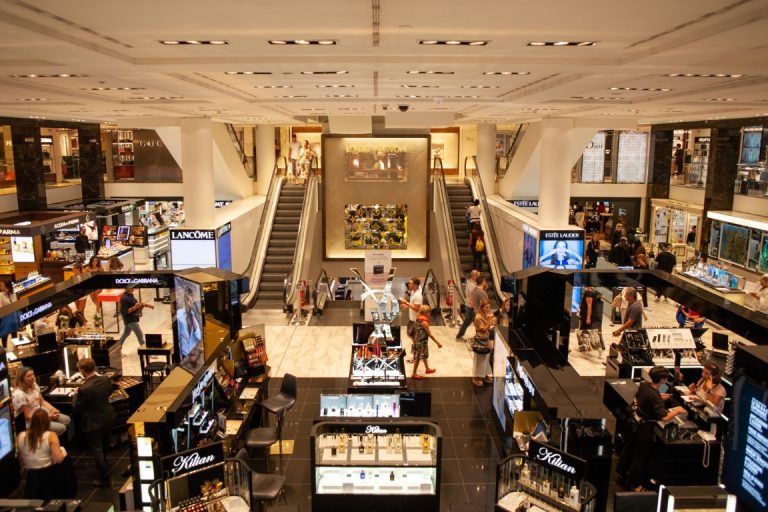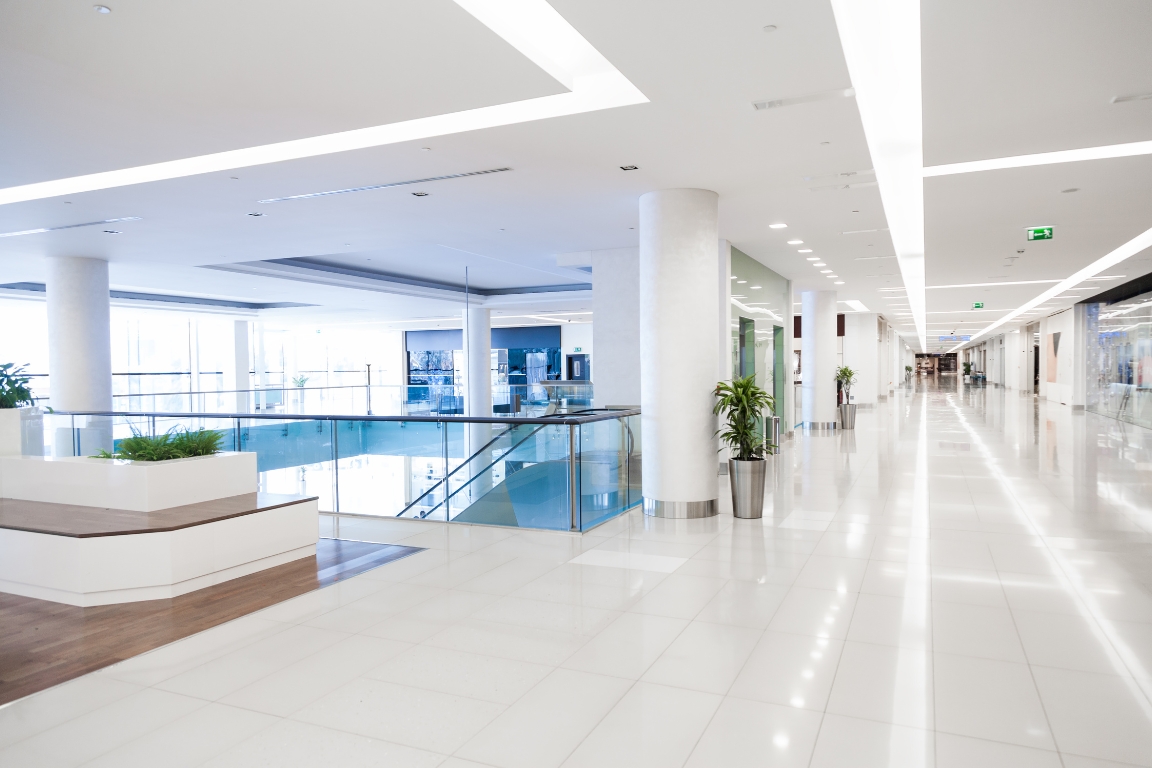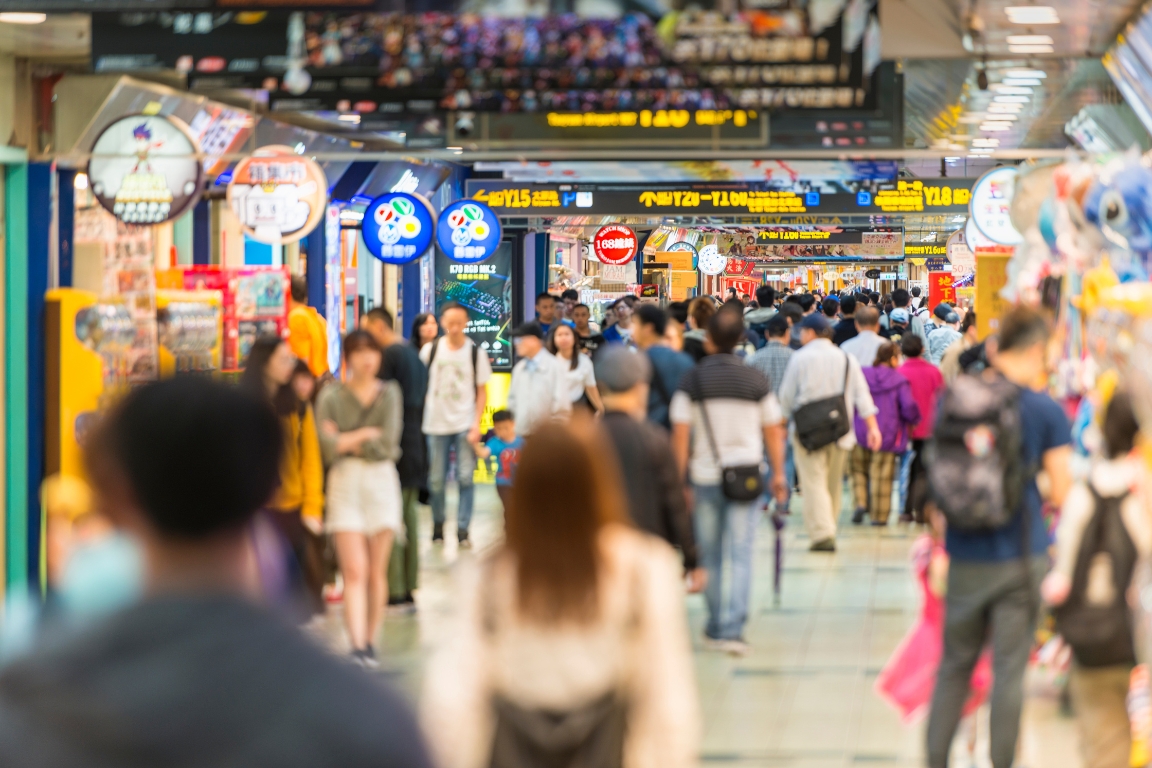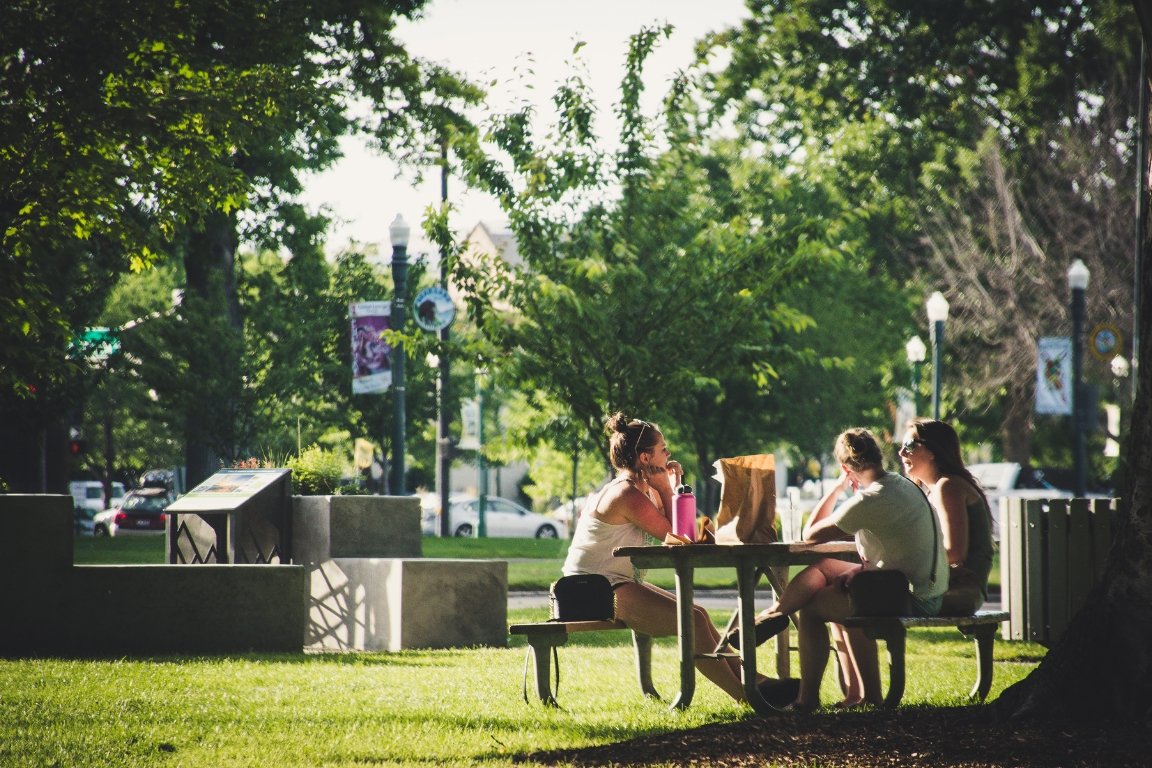
In Malaysia, mixed developments—projects combining residential, commercial, and entertainment spaces—often feature shopping malls as the central attraction. These developments aim to create self-sustaining communities where people can live, work, and play all in one place. However, the rise of many new shopping malls has led to market saturation, making it important to reconsider their inclusion in future projects. This article explores whether it’s still a good idea to include shopping malls in mixed developments and suggests alternatives that can add value.
Is It Too Saturated?
In cities like Kuala Lumpur and Petaling Jaya, the number of shopping malls has increased rapidly over the past decade. This growth has led to intense competition among malls, with many struggling to fill vacant shops and attract enough visitors. As a result, the market seems saturated, meaning there are too many malls for the available customers and retailers.

Developers need to think carefully before including a shopping mall in their new projects. While malls can be convenient and attractive, the current market conditions suggest the risks might be too high. Developers should conduct detailed market research to ensure their projects can attract enough retail tenants and customers to succeed.
Strata-Title vs. Single-Owned Malls: A Comparative Analysis
For developers who still see potential in including shopping malls, deciding on the ownership model is crucial. There are two main options: strata-title ownership and single ownership.
Strata-Title Ownership Model
In this model, individual units within the mall are sold to different investors. Each unit owner manages their own space, while common areas are managed collectively.
Advantages:
- Spread Risk: The financial burden is shared among many owners.
- Immediate Cash Flow: Selling units provides quick capital for other parts of the development.
- Owner Involvement: Individual owners may work harder to ensure their units succeed, benefiting the mall overall.
Disadvantages:
- Management Issues: Coordinating multiple owners can lead to conflicts and inconsistent standards.
- Variable Quality: Differences in how each unit is maintained can affect the mall’s overall image.
Single-Owned Malls
In this model, one entity owns and manages the entire mall, often the developer or a professional management company.
Advantages:
- Consistent Management: A single owner can maintain uniform standards and strategies across the mall.
- Long-Term Planning: Single ownership allows for strategic investment in the mall’s future success.
- Flexible Leasing: The owner can adapt to market changes more easily, such as renegotiating leases or reconfiguring spaces.
Disadvantages:
- Higher Financial Risk: The owner bears all financial risks, including vacancies and operational costs.
- Capital Intensive: Managing a mall requires significant investment and expertise.
Strategic Considerations for Developers
When considering a shopping mall for a mixed development, developers should think about:
- Market Demand: Check if there’s enough demand for retail space in the area.
- Target Audience: Understand who will use the development. Younger, tech-savvy people might prefer experiences over traditional shopping.
- Flexibility: Design spaces that can be repurposed if the mall doesn’t succeed, such as converting retail space into co-working areas or fitness centers.
- Partnerships: Work with experienced mall operators and retail consultants to ensure success.
- Sustainability: Use sustainable practices and technologies to attract eco-conscious tenants and customers.

Beyond Shopping Malls: Innovative Alternatives for Mixed Developments
As the Malaysian property market evolves, developers must explore alternatives to shopping malls that cater to the needs and preferences of modern urban dwellers. Here are some innovative options:
- Green Spaces and Recreational Areas: Parks, gardens, and recreational facilities improve quality of life by providing peaceful environments and promoting physical activity.
- Co-Working Spaces and Business Hubs: With more people working remotely, co-working spaces and business hubs offer flexible workspaces and networking opportunities.
- Cultural and Artistic Venues: Art galleries, theaters, and cultural centers provide spaces for creative expression and community events, enriching the community.
- Wellness and Fitness Centers: Gyms, fitness studios, and wellness centers promote physical and mental health.
- Educational Facilities: Schools, colleges, and learning centers support the educational needs of residents and add long-term value.
- Food and Beverage Hubs: Vibrant food courts, markets, and restaurants offer diverse dining experiences and social gathering points.
- Technology and Innovation Centers: These centers attract tech-savvy residents and businesses, providing resources and support for startups and fostering economic growth.
- Community and Social Spaces: Community centers and public plazas encourage interaction and social engagement, strengthening community bonds.

Regional Malls: Adapting to Stay Relevant
Even though the market is saturated, regional malls continue to attract large crowds and remain in demand. However, competition among these malls is fierce, requiring them to constantly innovate to attract visitors. Themed attractions and unique experiences are becoming essential strategies for malls to differentiate themselves and maintain their appeal.
Key Strategies:
- Themed Attractions: Creating unique themed areas, such as indoor amusement parks, cultural exhibits, or seasonal decorations, to draw in visitors.
- Experience-Focused: Offering experiences that cannot be found online, such as interactive installations, live performances, and exclusive events.
- Diverse Offerings: Including a mix of retail, dining, entertainment, and lifestyle options to appeal to a wide range of visitors.
Footnote
The trend of automatically including shopping malls in mixed developments may be coming to an end. Developers need to think creatively and consider alternatives that cater to the needs of today’s urban populations. By incorporating green spaces, co-working hubs, cultural venues, wellness centers, educational facilities, food hubs, technology centers, and community spaces, developers can create dynamic and sustainable communities. These alternatives not only improve the quality of life for residents but also ensure the long-term success and appeal of the development.
For regional malls that remain popular, innovation is key. By continually introducing new themes and experiences, these malls can stay relevant and competitive in an increasingly crowded market.
Source: Adapted from market insights and industry trends observed in Malaysia’s property sector.